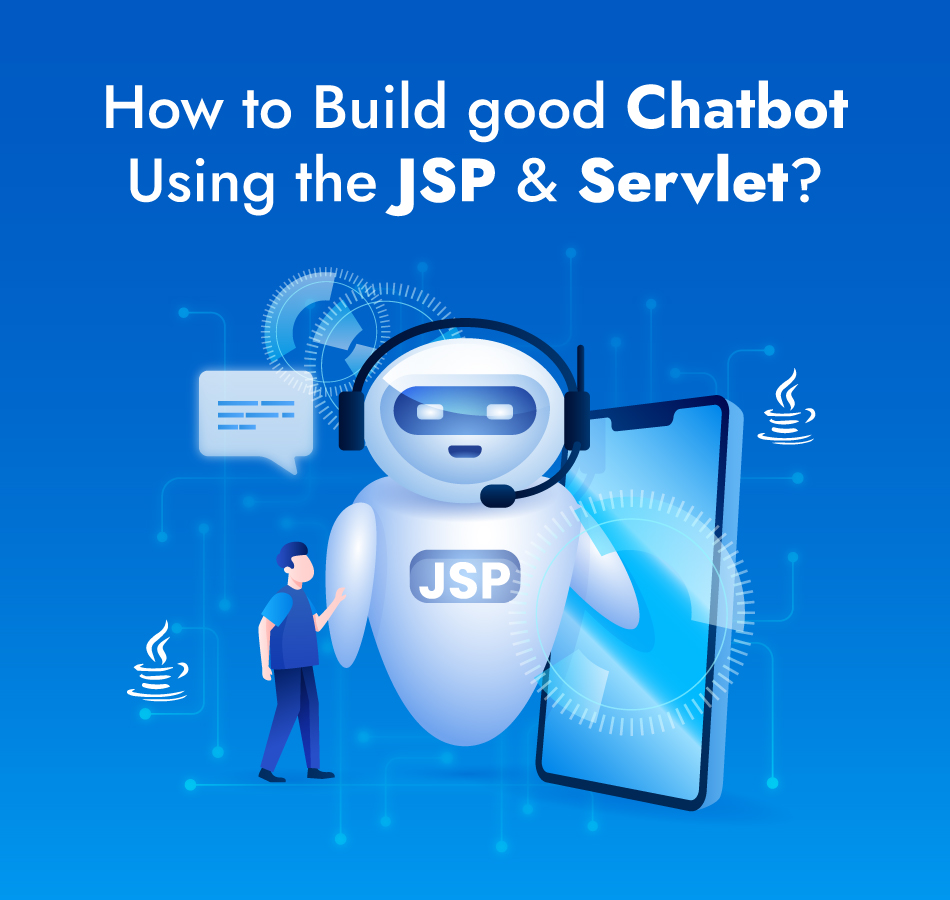Ever thought about creating a real-time chat application but felt overwhelmed by the complexity? Well, fear not! This guide is tailor-made for beginners and intermediate developers interested in web development using Java. We’ll take you through the entire process of building a chat application using Java Server Pages (JSP) and Servlets, two powerful technologies that are part of Java’s Enterprise Edition. By the end of this guide, you’ll have a fully functional chat application and a stronger grasp of web development concepts.
Building a Real-Time Chat Application: A Guide Using JSPs and Servlets
Real-time chat applications have become an indispensable part of our daily communication. They allow us to connect with others instantly, share ideas, and collaborate seamlessly. Ever found yourself marvelling at the instant messaging magic and wondered how these applications work under the hood? Or perhaps, you’ve toyed with the idea of building one yourself? If that’s a resounding yes, then you’ve landed in the perfect spot!
This comprehensive guide is all set to walk you through the nitty-gritty of creating a real-time chat application, but with a twist—using Java Server Pages (JSP) and Servlets. By the time we wrap up, not only will you have a fully functional chat app up your sleeve, but you’ll also boast a deeper understanding of Java web development.
And for those eager to learn deeper or seeking structured learning pathways, the best Java training institute in Chennai might just be your next best stop. These institutes offer courses that range from beginner to advanced levels, ensuring you get a well-rounded understanding of Java technologies, including JSP and Servlets, pivotal for building robust applications like the one we’re about to tackle.
Why JSP and Servlets?
Before we look into the coding part, let’s first understand why JSP and Servlets are ideal for building a chat application. JSP, a technology that helps in creating dynamic web content, allows you to embed Java code directly into HTML pages. It’s great for the view component of your application. On the other hand, Servlets are Java programs that run on a server and handle requests and responses. They’re perfect for controlling the logic of your application. Together, JSP and Servlets provide a robust framework for building dynamic web applications, making them a great choice for our chat application.
Setting Up the Development Environment
First things first, let’s set up our development environment. You’ll need the following:
- Java Development Kit (JDK): The core foundation for our application.
- Apache Tomcat: A web server that supports Servlet and JSP execution.
- Integrated Development Environment (IDE): Such as Eclipse or IntelliJ IDEA, to write and manage our code.
- MySQL: For storing user data and messages (Optional, but recommended for a more robust application).
Once you’ve installed these components, create a new web project in your IDE, and ensure it’s configured to use Apache Tomcat as the server.
Building the Backend with Servlets
The backbone of our chat application is the backend, where the magic happens. We’ll start by creating Servlets to handle user registrations, logins, and message exchanges. Here’s a brief overview:
User Registration and Login: Create Servlets to handle user sign-ups and logins. These will interact with your MySQL database (if you’re using one) to store and verify user credentials.
Message Handling: Another Servlet will be responsible for handling messages. It will receive messages from users, broadcast them to other online users, and store them in the database if necessary.
Bringing the Frontend to Life with JSP
Now, let’s move on to the frontend, where users will interact with our application. Using JSP, we’ll create several pages:
Login and Registration Pages: Simple forms for users to sign up or log in.
Chat Room: The main interface where users can see other online users and exchange messages in real-time.
To make our chat application real-time, we’ll leverage WebSockets, a technology that provides a full-duplex communication channel over a single, long-lived connection. You can use the Java API for WebSocket to integrate this functionality into your application.
Testing and Deployment
Testing and Deployment are the final yet pivotal steps in the lifecycle of your chat application development. Rigorous testing is essential, not just for functionality like user registration, login, and message exchange, but also for ensuring security and user data protection. Pay special attention to how your application handles concurrent connections and data integrity during real-time chats.
After ironing out any kinks, deploying your application on Apache Tomcat marks the moment of truth, bringing your project to life on the web. This milestone not only signifies the culmination of your hard work but also serves as a launching pad for further enhancements. Whether it’s integrating more interactive features or scaling up to accommodate more users, the journey doesn’t stop here. Embrace feedback, iterate, and continue refining your application.
Your chat app going live is a testament to your dedication and skill in navigating the complexities of web development. Cheers to you and the endless possibilities that now lay ahead!
Conclusion
Building a real-time chat app might seem daunting, but with the right tools and guidance, it’s definitely achievable. This project not only deepens your understanding of JSP and Servlets but also equips you with practical web development skills. These skills open up myriad possibilities in the tech world. Remember, this guide is just a starting point. You can enhance your app with features like private messaging or group chats.
For those eager to further their Java skills, enrolling in a Java course in Chennai with placement opportunities can be a smart move, ensuring your learning journey translates into real-world success. Happy coding, and never stop exploring the ever-evolving landscape of web development!

